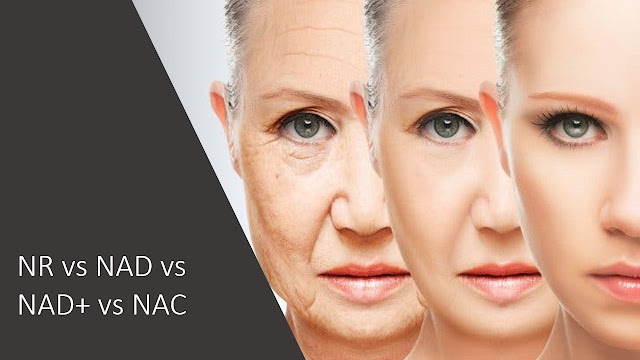17 Drugs Most Potentially Toxic to the Liver Identified: UPenn Study
The study authors said they ranked the drugs according to the rates of severe liver injury, though they could not determine if the 17 drugs caused the acute injury in every event.
According to their findings, 11 of the 17 drugs identified may have wrongly received a lower hepatotoxicity (potential to harm the liver) rank according to the current ranking system.
To establish drugs’ potential for liver toxicity, researchers have used case reports of liver toxicity listed on the National Institutes of Health LiverTox website. Case reports are detailed reports on an individual patient; they often describe a novel or unusual patient case. Doctors write case reports when encountering a unique or novel patient presentation in their clinics. Some doctors write case reports, and others do not.
This “undoubtedly leads to underreporting,” senior author Dr. Vincent Lo Re III, associate professor of medicine and epidemiology at the University of Pennsylvania, told The Epoch Times. Because the drug rankings are based on voluntary clinician reporting instead of large population studies, the toxicity profile of some drugs may be missed if the clinician does not publish a case report.
17 Drugs
Seven of the 17 drugs were linked to 10 or more liver injury hospitalizations per 10,000 people every year. These included:
- Stavudine, an antiviral used to treat human immunodeficiency virus (HIV)
- Erlotinib, a targeted biologic drug used to treat cancer
- Lenalidomide or thalidomide, a immunotherapy cancer drug
- Chlorpromazine, an antipsychotic
- Prochlorperazine, an antipsychotic and antiemetic drug used in schizophrenia. Antiemetic drugs control nausea and vomiting
- Isoniazid, an antibiotic often used to treat tuberculosis
- Moxifloxacin (antibiotic)
- Azathioprine or mercaptopurine (immunosuppressive)
- Levofloxacin or ofloxacin (antibiotic)
- Clarithromycin (antibiotic)
- Ketoconazole (antifungal)
- Fluconazole (antifungal)
- Captopril (lowers blood pressure)
- Amoxicillin with clavulanate (antibiotic)
- Sulfamethoxazole with trimethoprim (antibiotic)
- Ciprofloxacin (antibiotic)
Real-World Data
The authors evaluated approximately 7.9 million patients who took any of the 194 suspected hepatotoxic medications. Among these patients, they identified 1,739 hospitalizations for severe acute liver injury.Twenty-seven percent of hospitalized patients died within 180 days of the liver injury.
The researchers noted that their findings on drug severity differed from the current liver toxicity rankings, which are based on case reports rather than large population data.
“Our approach offers a method to allow regulatory agencies and the pharmaceutical industry to systematically investigate reports of drug-induced ALI (acute liver injury) in large populations,” Dr. Lo Re said.
Around 55 percent of the patients took multiple drugs simultaneously. Therefore, their injuries could have been caused by specific drug combinations rather than a single drug.
“Certain drug combinations might exacerbate hepatotoxicity, and this is an area we are studying presently,” Dr. Lo Re said, adding that identifying specific drug combinations was beyond the scope of his study.
The study did not examine mechanisms of injury.
The authors mentioned that antimicrobials, which were among the identified drugs, are known for causing liver injury. It is still unclear as to why, Dr. Lo Re said.





.png)
Comments